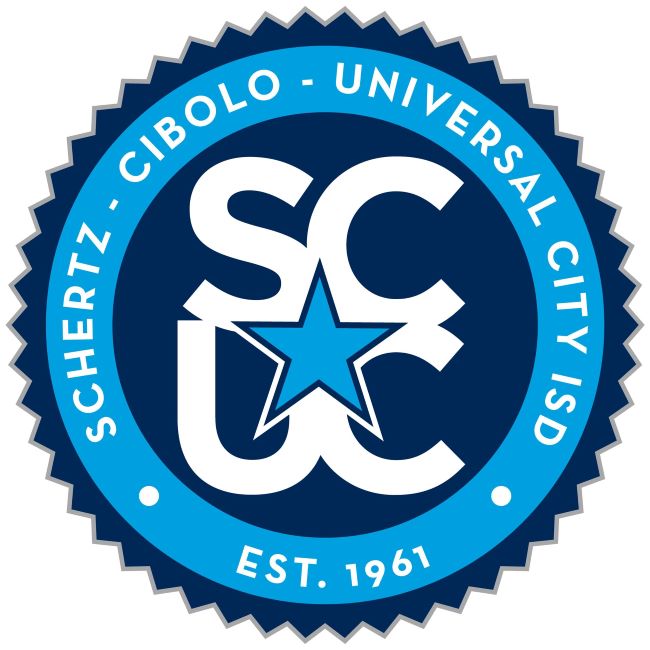Challenges Recruiting School Bus Drivers
While school staffing shortages are common in today’s job climate, many Texas school districts are having difficulty filling bus driver vacancies due to challenges unique to the position.
While there is not an easy fix to this shortage, the first step is to understand the difficulties an individual must overcome to become a bus driver. Requirements for licensing, certification coursework, and background checks are all potential barriers that may discourage an individual from seeking employment.
Licensing Requirements
In February, the U.S. Department of Transportation (DOT) added an additional course requirement for individuals applying for a Class A or Class B Commercial Driver’s License (CDL) for the first time or upgrading an existing CDL. An Entry Level Driver Training (ELDT) course must be taken through an entity approved by the Federal Motor Carrier Safety Administration (FMCSA) before an applicant can receive their Commercial Learner Permit (CLP). This new requirement adds to the cost and the length of time that it takes to get drivers trained.
Costs
The process to become properly licensed can be cost prohibitive to candidates. The required DOT physicals range from $80 to $120, fingerprinting costs around $50.00, and the 20-hour Texas School Bus Driver certification class can run up to $140. This is an expensive undertaking to ask of potential new hires. Considering the median minimum rate for bus drivers statewide is $16.75, it would take a new hire up to 18.5 hours of work to recoup their investment in becoming an employee.
To help offset costs, some districts offer paid training at a lower trainee rate, including the new ELDT, and reimbursement for fingerprints and physicals. This past fall, some districts offered substantial signing bonuses ranging from $500 to $3,000 to encourage new and experienced individuals to complete the training requirements.
Other Issues
Another challenge is bus driving is typically done on a split schedule that limits the number of duty hours for the position and results in reduced earnings. To overcome this recruiting challenge, some districts offer mid-day non-driving assignments to drivers (e.g., custodial, cafeteria) to provide more work hours.
It’s also important to ensure your district’s pay is competitive. Offering competitive pay compared to peer districts is another way to help attract and retain employees. TASB HRDataSource™, available to TASB HR Services members, is an excellent tool for gathering salary information from your peer group.
Districts should use a variety of strategies to make the hiring process as affordable as possible for applicants and offer competitive wages to retain current staff.

Nicolle Gee-Guzman
Nicolle Gee-Guzman joined the HR Services team as an HR and compensation consultant in 2022. She has more than 28 years of experience working in various roles in human resources within the public sector. Most recently, Gee-Guzman was the director of human resources for a Texas public school district.
HR Services

Subscribe to HRX
Stay up to date with all the latest HR news and trends by joining the HRX mailing list!





